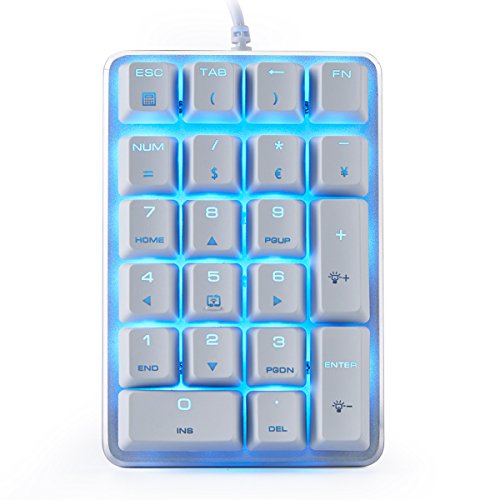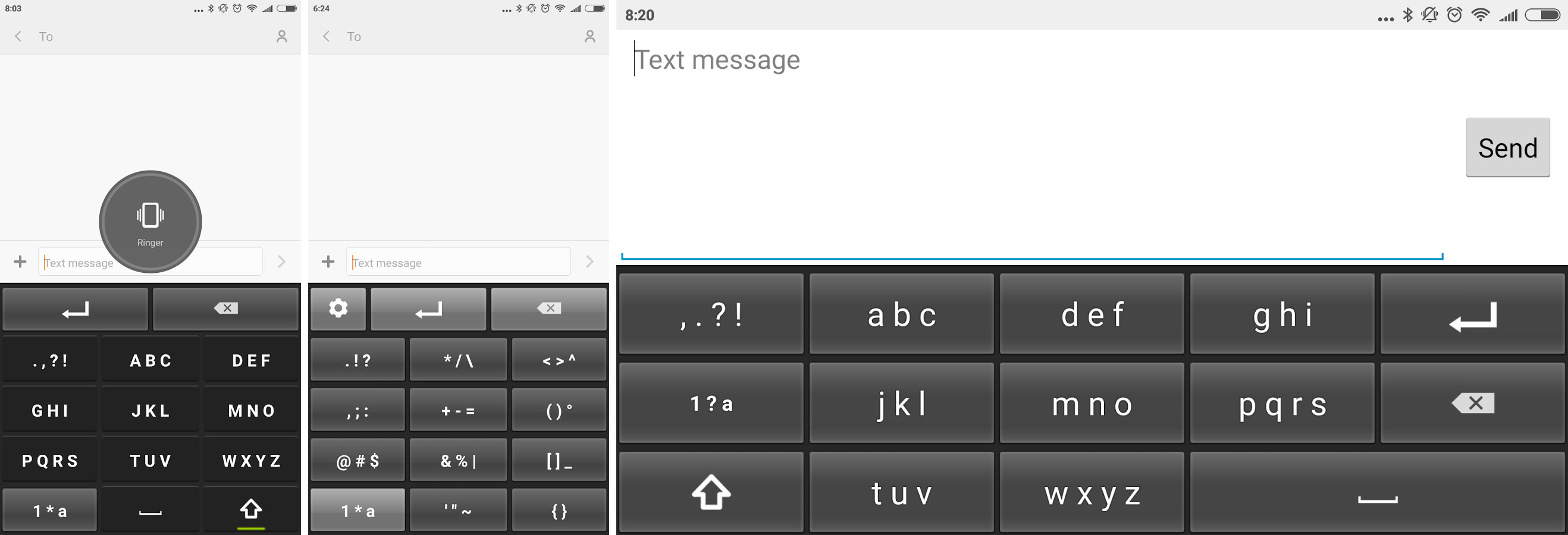


The 60 percent keyboard layout is smaller than the 65 percent keyboard layout. This is the keyboard for you if you want a customized keyboard. Replacing keycaps for such keyboards is difficult to come by. Because of their small size, these keyboards are extremely portable. The keyboard lacks number keys as well as several navigational keys. These keyboards are extremely small, with no spaces among the keys. The majority of laptops come with a 75 percent keyboard layout. The standard function key row is retained.It is more suited to the minimalist aesthetic.Allows you to position your mouse closer to your body (which many people prefer).This enables you to properly orient your keyboard to your body.The tenkeyless design has numerous potential benefits: Most current full-size keyboards (like the Filco seen above) feature a conventional layout, with a rectangular alphanumeric cluster, a 6.25x spacebar, and 1.25x bottom-row Winkey modifiers (Ctrl, Alt, Win, Menu), and key placement/size as shown above.įull-size keyboards without a Numpad are known as tenkeyless keyboards.To the right of the navigation cluster, there is a numeric pad.Standard navigation cluster with arrow keys, plus PgUp/PgDn, and so on.Above alphanumerics + Function Keys + Print Screen/Scroll Lock/Pause.The following are the primary characteristics of a full-size keyboard:

Keyboard keypad layout Pc#
If you’re using a PC keyboard right now, it’s probably something like this:
Keyboard keypad layout full#
Full Sizeįull size is the most popular keyboard form factor. Another type of layout that is referred to as “logical layout” comprises QWERTY, Dvorak, QWERTZ, and so on. A form factor’s layout might be winkeyless or Winkey, ANSI or ISO. The form factor of a keyboard relates to its overall size and shape, such as full size, 60 percent, or 80 percent. Still, other English layouts, as well as international layouts of multiple languages, are also used.īelow is a guide to identifying your keyboard form factors and layouts to make it easy for you to understand. Although it is global, it has different layouts, just as we do when we speak other languages. The keyboard is an essential component of a PC.


 0 kommentar(er)
0 kommentar(er)
